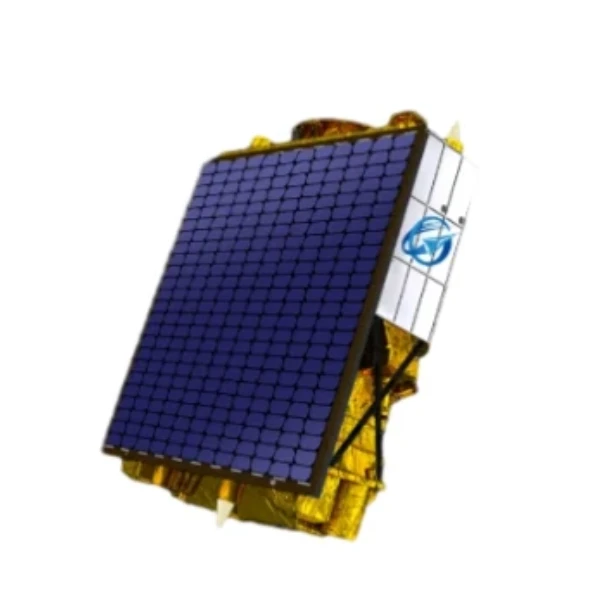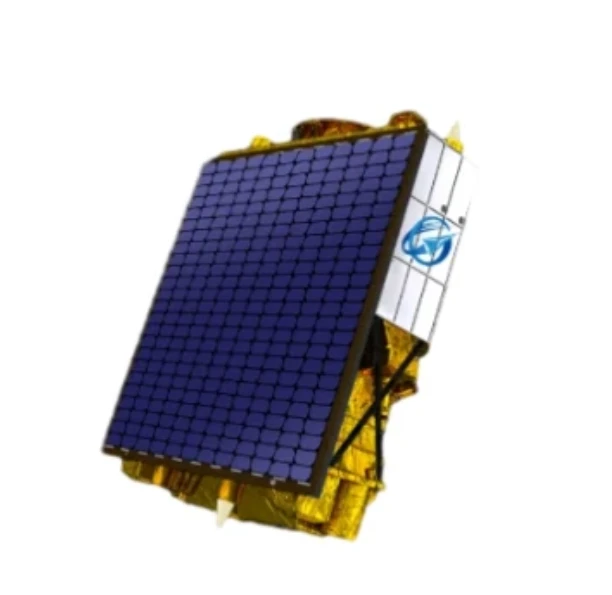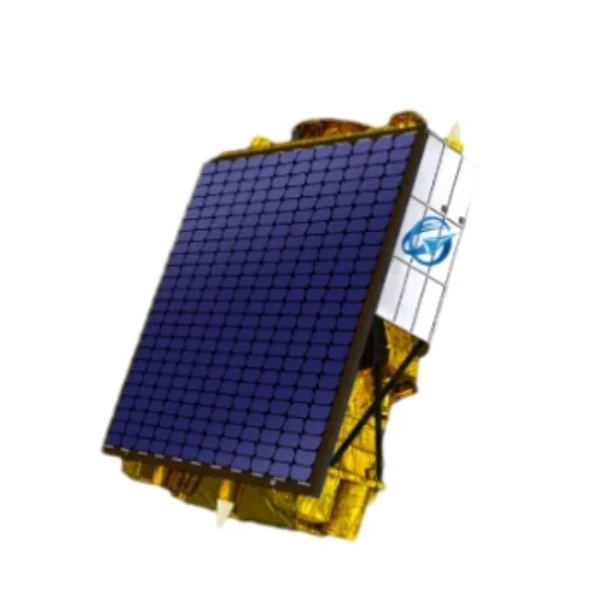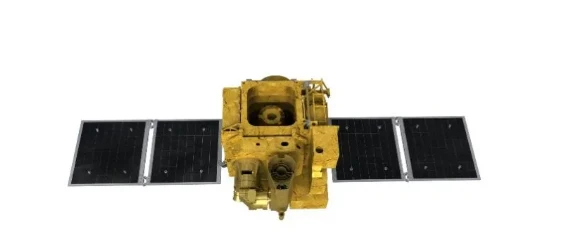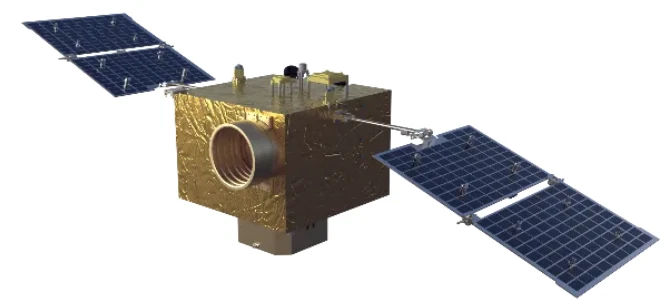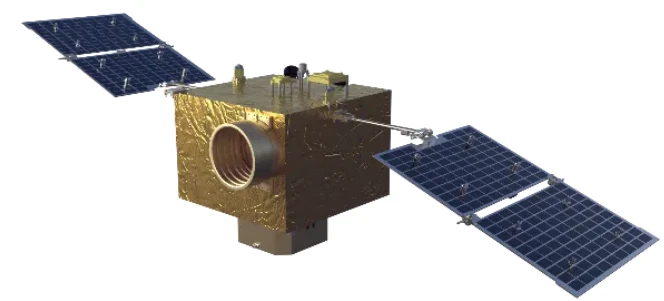
- आफ्रिकन
- अल्बेनियन
- अम्हारिक
- अरबी
- आर्मेनियन
- अझरबैजानी
- बास्क
- बेलारूसी
- बंगाली
- बोस्नियन
- बल्गेरियन
- कॅटलान
- सेबुआनो
- चीन
- कोर्सिकन
- क्रोएशियन
- झेक
- डॅनिश
- डच
- इंग्रजी
- एस्पेरांतो
- एस्टोनियन
- फिनिश
- फ्रेंच
- फ्रिशियन
- गॅलिशियन
- जॉर्जियन
- जर्मन
- ग्रीक
- गुजराती
- हैतीयन क्रेओल
- हौसा
- हवाईयन
- हिब्रू
- नाही
- मियाओ
- हंगेरियन
- आइसलँडिक
- इग्बो
- इंडोनेशियन
- आयरिश
- इटालियन
- जपानी
- जावानीज
- कन्नड
- कझाक
- ख्मेर
- रवांडा
- कोरियन
- कुर्दिश
- किर्गिझ
- श्रम
- लॅटिन
- लाटवियन
- लिथुआनियन
- लक्झेंबर्गिश
- मॅसेडोनियन
- मालागासी
- मलय
- मल्याळम
- माल्टीज
- माओरी
- मराठी
- मंगोलियन
- म्यानमार
- नेपाळी
- नॉर्वेजियन
- नॉर्वेजियन
- ऑक्सिटन
- पश्तो
- पर्शियन
- पोलिश
- पोर्तुगीज
- पंजाबी
- रोमानियन
- रशियन
- सामोअन
- स्कॉटिश गेलिक
- सर्बियन
- इंग्रजी
- शोना
- सिंधी
- सिंहली
- स्लोवाक
- स्लोव्हेनियन
- सोमाली
- स्पॅनिश
- सुंदानीज
- स्वाहिली
- स्वीडिश
- टागालोग
- ताजिक
- तमिळ
- तातार
- तेलगू
- थाई
- तुर्की
- तुर्कमेनिस्तान
- युक्रेनियन
- उर्दू
- उइघुर
- उझबेक
- व्हिएतनामी
- वेल्श
- मदत
- यिद्दिश
- योरूबा
- झुलू
Improving Precision and Reliability: The Role of Optical Instruments and Quality Assurance
In the fast-evolving world of manufacturing, research, and technology, precision is not just desirable—it is essential. Optical technologies combined with stringent Quality assurance processes ensure that products meet the highest standards of accuracy and reliability. Tools like an optical surface profiler, techniques such as Geometric Correction, and devices like an optical refractometer are revolutionizing the way industries achieve and maintain excellence. Let’s explore how these elements intertwine to shape the future of industrial innovation.
The Crucial Link Between Quality Assurance and Industrial Excellence
At the heart of any successful manufacturing or research operation lies robust Quality assurance. It is not merely a final step in production; it is an integrated system that spans design, testing, and delivery. Quality assurance guarantees that every product not only meets regulatory requirements but also satisfies customer expectations.
Incorporating advanced optical technologies into Quality assurance processes enhances detection capabilities and minimizes human error. This synergy ensures that any deviations from standards are caught early, leading to superior product performance, reduced waste, and lower production costs.
Unlocking Microscopic Details with an Optical Surface Profiler
An optical surface profiler is a game-changing tool for industries that demand surface perfection. This non-contact instrument uses light to measure surface roughness, step heights, and texture with nanometer-level precision. Whether used in semiconductor manufacturing, biomedical device fabrication, or aerospace engineering, an optical surface profiler delivers detailed 3D surface maps that are critical for quality control.
By integrating an optical surface profiler into production lines, companies can swiftly identify surface defects that would be invisible to the naked eye. This early detection prevents costly rework and strengthens the overall Quality assurance framework, ensuring products meet or exceed specifications.
Ensuring Spatial Accuracy Through Geometric Correction
Precise imaging and measurement often require adjustments to counteract distortions introduced during data acquisition. This is where Geometric Correction becomes indispensable. Geometric Correction involves modifying raw optical or satellite data to align it accurately with real-world coordinates, eliminating distortions caused by lens effects, sensor positioning, or environmental conditions.
In industries relying on high-resolution imaging—such as remote sensing, medical diagnostics, and manufacturing—Geometric Correction enhances the integrity and usability of data. By applying Geometric Correction methods rigorously, organizations bolster their Quality assurance efforts, delivering more reliable and actionable information to clients and end-users.
Precision Analysis with the Optical Refractometer in Quality Assurance
An optical refractometer plays a vital role in industries where the composition of liquids must be precisely monitored. This instrument measures the refractive index of a substance, providing critical insights into concentration, purity, and chemical composition. Industries like food and beverage, pharmaceuticals, and chemical manufacturing rely heavily on the precision that an optical refractometer offers.
Incorporating an optical refractometer into Quality assurance programs enables real-time monitoring of product consistency, ensuring each batch meets the highest quality standards. Quick, accurate measurements from an optical refractometer minimize material waste, optimize production efficiency, and guarantee customer satisfaction.
Optical refractometer FAQs
How does Quality assurance benefit from optical technologies?
Integrating optical instruments into Quality assurance processes enhances accuracy and efficiency. Tools like the optical surface profiler and optical refractometer detect flaws and inconsistencies that traditional methods might miss, leading to improved product reliability and compliance with international standards.
What industries benefit most from using an optical surface profiler?
An optical surface profiler is invaluable in industries like semiconductor manufacturing, aerospace engineering, and medical device production. These sectors demand extreme precision, and an optical surface profiler provides the detailed surface analysis necessary for rigorous Quality assurance.
Why is Geometric Correction essential in optical data analysis?
Geometric Correction is crucial for aligning optical data with real-world coordinates, eliminating distortions from raw images. This ensures that measurements and analyses based on optical or satellite imagery are accurate, supporting better decision-making and reinforcing Quality assurance efforts.
How does an optical refractometer support product consistency?
An optical refractometer provides precise measurements of a liquid’s refractive index, indicating concentration and purity levels. In industries like food production and pharmaceuticals, real-time data from an optical refractometer ensures that every product batch consistently meets stringent Quality assurance standards.
What are the future trends in Quality assurance involving optical technologies?
Future Quality assurance strategies will increasingly rely on automated optical technologies, including AI-enhanced optical surface profilers, smarter optical refractometers, and advanced Geometric Correction algorithms. These innovations will further minimize errors, increase speed, and support the growing demand for hyper-accurate manufacturing and research processes.






